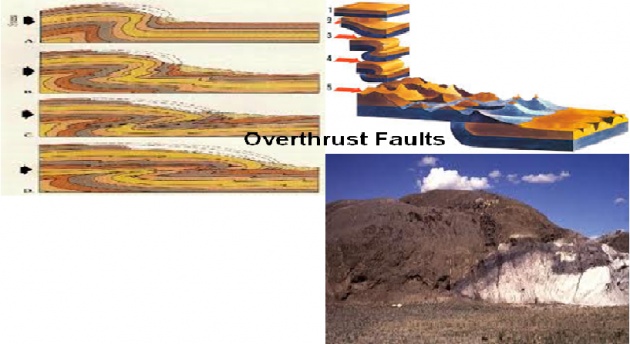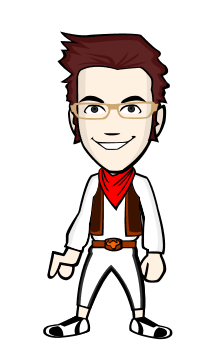(1) FOLD: It is defined as undulation or bend across the stratification of rock body developed by the stresses caused due to Lateral Compression
- Up or crest in the undulation is called Anticline (also known as Antiform) and vice-versa for Syncline (also known as Synform)
- Monocline is a partial bend or a slope equal to about half of an anticline or quarter of a waveform
- Isoclines are the folds whose limbs (Limb: arm or side of a fold) are (more or less) parallel
- Characteristics of Folds: Folds are important in the quarrying (as well as in mining) especially in sedimentary rocks – floors, benches and faces are developed according to the slope of the slant of the folding. In dams and tunnels, water leakage usually takes place along the slant of fold if they slope towards downstream
- Symmetrical Fold is that one whose (two) limbs are relatively equal in length and vice versa for Asymmetrical Fold:
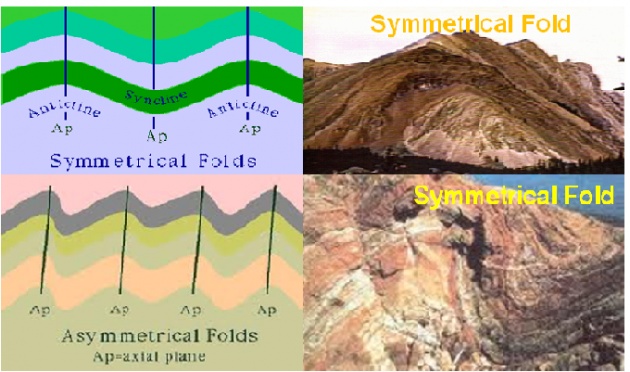
(i) Strike, Dip and Angle of Plunge: (i) Strike: Strike is the direction of a rock layer (usually an inclined layer) which it takes along the horizontal stretch. It can also be described as the general direction or course of the inclined bedding of a rock as cut by the horizontal plane. A Strike is measured with reference to ‘North-South’ direction by a compass
(ii) Dip: It is an angle which an inclined bed or a fault-block makes with the horizontal
(iii) Plunge: It is a vertical angle between the horizontal plane and the axis or line of longest dimension of a bedding plane or fold
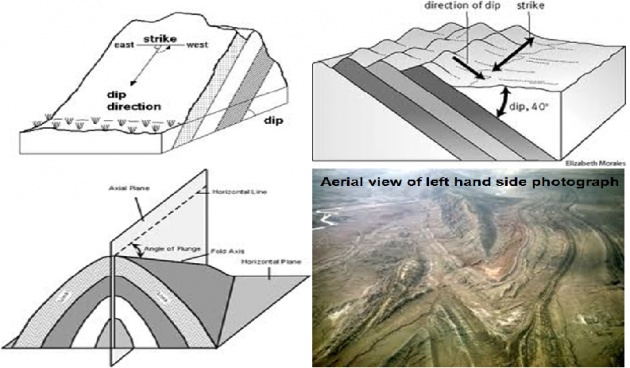
(2) FAULT: It is defined as a big breakage associated with the sliding-movement of one part (usually referred to as ‘Block’ in Rock Faulting) of a stratum or stratification with respect to the other
- FAULT: Types of Faults: (i) Normal Fault: If one block slips down with respect to the other which is lying in its original position
- Reverse Fault: If one block rises up with respect to the other which is lying in its original position
(iii) Strike-Slip Fault: If one block moves side-wise in the same horizontal plane with respect to the other which is lying in its original position
(iv) Oblique-Slip Fault: If one block moves sidewise as well as downward to some lower position (or may move upward) with respect to the other block which is lying in its original position
(v) Dip or Cross Fault: It is a type of fault in which a block slides along (and usually close to) the limb of a fold
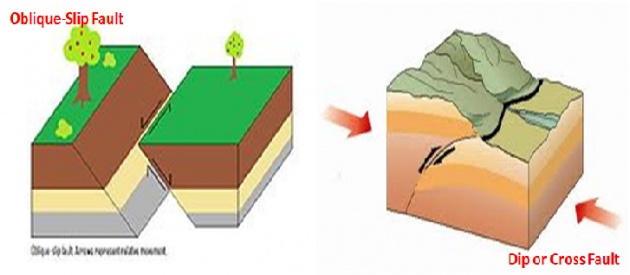
Characteristics of Faults:
- Earthquakes take place due to the movement of earth crust usually along the fault plane. Such faults are called Active or Live Faults. These faults are very important for the construction of dam, tunnel and bridge. A fault on which no recent slipping has taken place is known as Dead Fault. Faults in the locality where the Civil Engineering Structures are built must be the Dead Faults – geological history of the nearby faults must be checked whether they are Active or Dead.
- In the vicinity of faults, the rocks are found crushed and in some cases due to the chemical reaction with the chemically active fluids, fault-crevice and crushed rocks get weathered into soil. Hence vegetation growth is abundant in this zone as compared to the surrounding area
- Landslide takes place usually through the fault line as this zone is filled with the loose material. Heavy rains cause the considerable landslides along the faulted zones
- Overthrust Fold and Fault or Overthrust: Firstly a gentle fold is formed, then it becomes an isocline in the vertical plane, upper limb keeps on moving forward, then faulting occurs / a fault plane passes between the upper and lower limbs of that fold and they get broken from each other. Finally the extremities curl back facing towards each other
- Recumbant Fold and Fault: A fold whose upper limb turns in the same direction as that of the lower limb and its apex makes a round formation, then a usually faulting takes place between the two limbs ry
